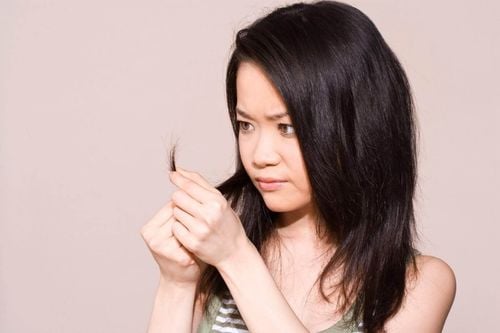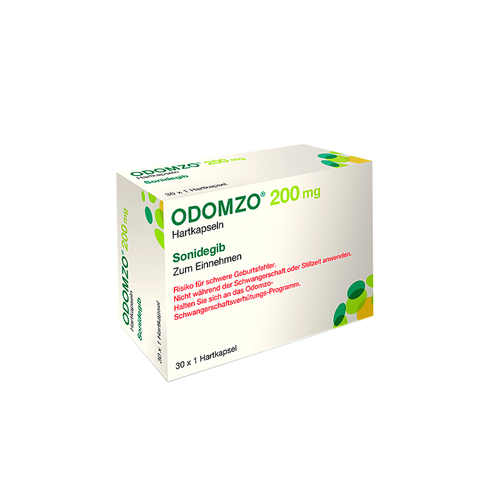Skin brightening treatments can temporarily reduce melanin production. Most of these methods work by inhibiting the enzyme necessary for melanin production. However, it is not possible to permanently reduce melanin pigmentation.
1. What is Melanin?
Melanin is the pigment that gives color to the skin, hair, and eyes of each person. It is produced by melanocyte cells.
Everyone has the same number of melanocyte cells. However, in each person, these cells produce varying amounts of melanin. The more melanin the skin has, the darker it becomes.
When melanin concentrates in certain areas of the body, it can cause hyperpigmentation, making some areas of the skin darker than others.
There are many methods to eliminate the presence of melanin or reduce melanin production in the skin, but they come with many risks and limitations.

2. How to Reduce Melanin in the Skin
Before implementing these methods, you should consult a dermatologist for recommendations of the appropriate method.
2.1. Laser Therapy
Laser therapy will remove the top layers of the skin, reducing melanin in the treated areas. Commonly used lasers include:
- Invasive Laser: This method helps remove the outer layers of the skin and requires strong intervention.
- Non-Invasive Laser: This method is gentler than invasive laser, helping to stimulate collagen growth and skin regeneration. Intense Pulsed Light (IPL) is one such treatment method. This technology uses light energy pulses to heat and destroy melanin, removing brown spots.
- Q-switched Ruby Laser (QSRL): This method uses light pulses to heat and break down melanin.
Like any medical technique, laser therapy is not suitable for everyone. It can cause side effects such as pigmentation disorders, scarring, and infections. Before undergoing laser therapy, consult with a doctor to determine if this is the best method for your skin.

2.2. Topical Creams or Ointments
You can use topical products to brighten the skin. These products reduce melanin and are available on the market.
Skin brightening products, whether prescription or over-the-counter, often contain ingredients like hydroquinone, kojic acid, vitamin C, glycolic acid, azelaic acid, and retinoids. These ingredients inhibit tyrosinase, the main enzyme in melanin synthesis, slowing melanin production and resulting in brighter skin.
However, skin brightening products can cause side effects such as dry skin, irritation, redness, and itching. Therefore, consult a dermatologist before using these products to avoid adverse effects on the skin and overall health.
3. Methods to Control and Slow Melanin Production in the Skin
Methods to slow down melanin production in the skin do not involve medical treatment. However, they depend on daily skincare habits and some natural methods to improve skin condition.
3.1. Sunscreen
Melanin helps protect the skin from the harmful effects of sunlight. When exposed to sunlight, your skin produces more melanin. Using sunscreen will limit melanin production when the skin is exposed to sunlight.
Using sunscreen will limit the production of melanin when the skin is exposed to sunlight. Sunscreen also protects the skin from harmful UV rays and slows down the production of melanin in the skin.
According to the American Academy of Dermatology, the best sunscreen will have broad-spectrum protection, an SPF of 30 or higher, and be water-resistant. Although sunscreen does not block 100% of UV rays, it can limit melanin production in the skin.
To optimally protect your skin, limit sun exposure, avoid the sun from 9 AM to 5 PM (when the sun's rays are strongest), wear protective clothing (such as wide-brimmed hats, sunglasses, long-sleeved shirts), and avoid tanning.

3.2. Some Natural Methods
Some natural methods can brighten the skin. However, the specific time to see the effectiveness of these methods varies for each individual. Therefore, patience and consistency are important.
Turmeric: A 2012 study showed that the active ingredient in turmeric, curcumin, can reduce melanin synthesis. Curcumin inhibits tyrosinase, preventing melanocytes from producing more melanin.
Aloe Vera Gel: Aloe vera can reduce melanin production after sun exposure. Aloe vera contains aloesin, a compound that inhibits tyrosinase, according to a 2002 study. However, a more recent study in 2012 determined that aloe vera does not have this effect. Despite conflicting research results, users of aloe vera gel still notice its skin-brightening effects.

Lemon Juice: People often use lemon juice to reduce skin pigmentation. This can be explained by the high vitamin C content in lemon juice. A 2017 article in the Journal of Clinical and Aesthetic Dermatology stated that vitamin C can reduce tyrosinase activity, preventing melanin formation. Although lemon juice has potential anti-pigmentation effects, it can cause skin irritation. Use diluted lemon juice and avoid sun exposure after use.
Skin Bleaching: Products like hydroquinone reduce the number of melanocytes in the skin, resulting in brighter and more even-toned skin.
Green Tea: Contains a compound called epigallocatechin gallate (EGCG). A 2015 study showed that EGCG can inhibit melanin accumulation in the skin by inhibiting the enzyme necessary for melanin production.

4. Home Remedies to Avoid
Some home remedies can cause skin irritation, redness, or damage. Ingredients to avoid include hydrogen peroxide, bleach, and ammonia.
5. Can Melanin Production Be Permanently Reduced?
The amount of melanin in each person is different and is determined by genetics. You can brighten and eliminate existing hyperpigmentation, but pigmentation can return. Permanent melanin reduction is not possible, and maintaining skin-brightening methods is necessary.
If you try to reduce melanin in the skin, you will face some issues such as:
- Increased risk of skin damage from sunlight. Less melanin means the skin is less protected from the sun's rays, increasing the risk of wrinkles, uneven texture, and pigmentation disorders.
- Increased risk of skin cancer. Higher risk of sun damage also increases the likelihood of skin cancer.
- Sensitive and easily irritated skin: Redness, itching, and contact dermatitis.

Only temporary melanin reduction in the skin is possible. Additionally, using sunscreen and limiting sun exposure will help reduce melanin and improve skin tone. However, there is no permanent melanin reduction method, as it is determined by genetic factors. If you want to reduce melanin, consult dermatologists to choose the appropriate treatment method for high effectiveness.
If your skin is having issues, visit dermatology departments at reputable medical facilities for examination and consultation. Do not self-medicate, as your skin may react to some compounds you are unaware of.
To arrange an appointment, please call HOTLINE or make your reservation directly HERE. You may also download the MyVinmec app to schedule appointments faster and manage your reservations more conveniently.
Reference source: healthline.com












